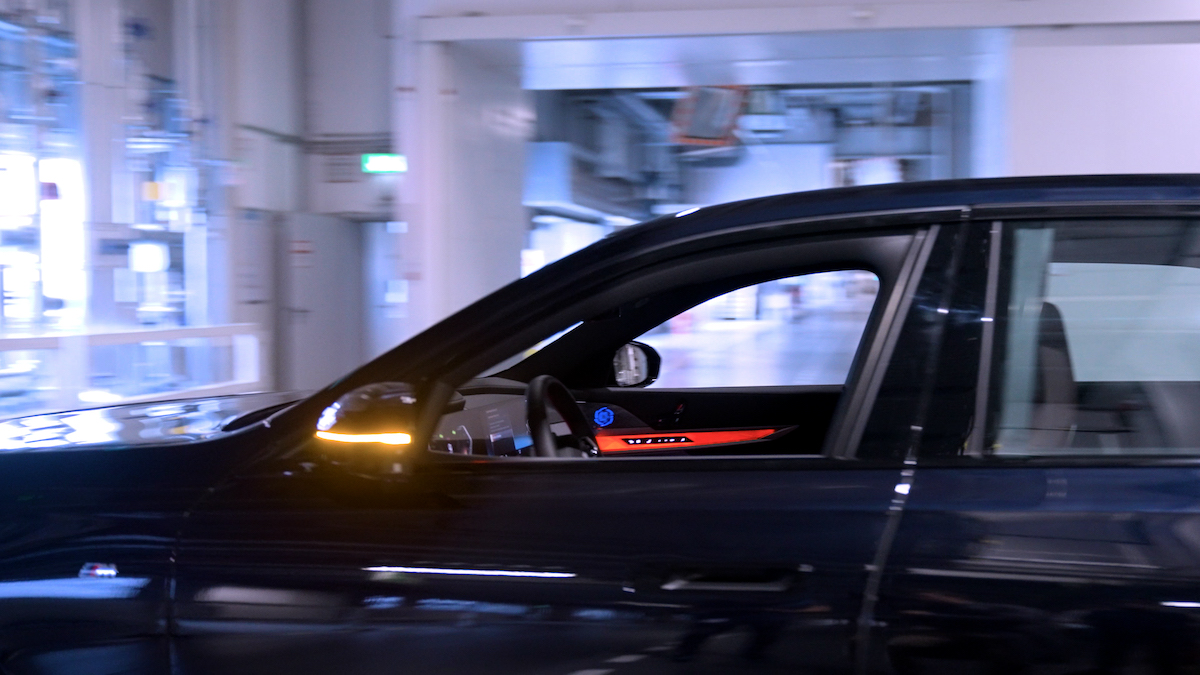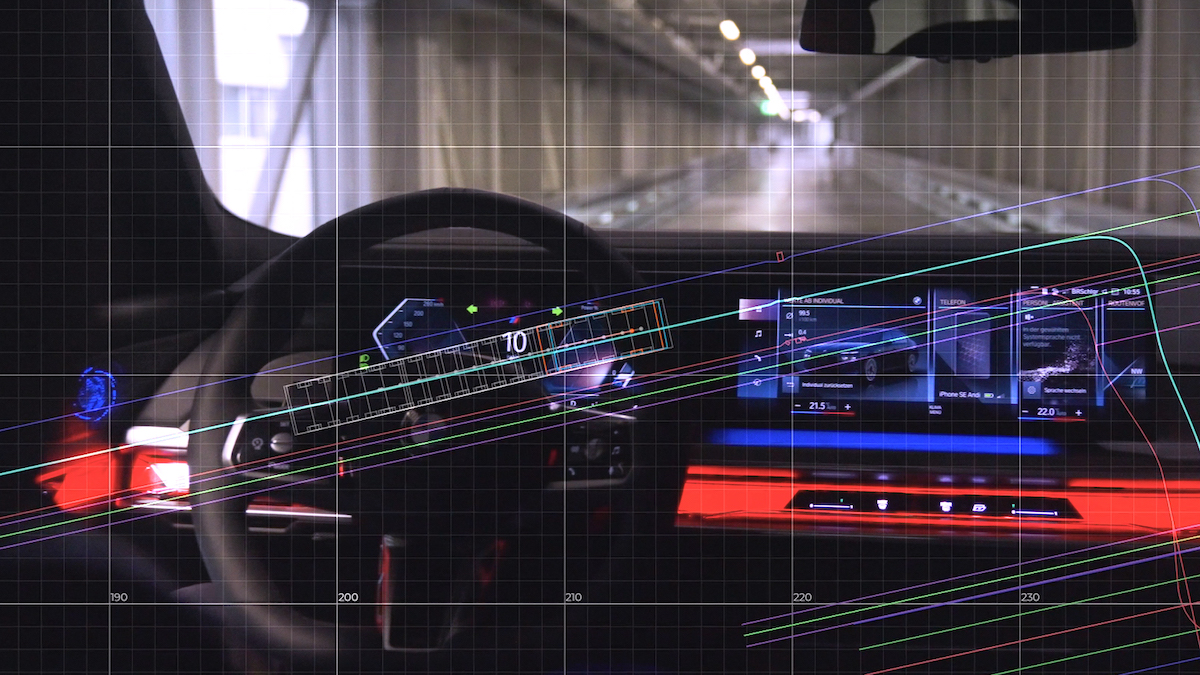South Korean software design company Seoul Robotics introduced a new technology recently… They utilize the LV5 CTRL TWR (Control Tower with Level 5 autonomous driving; namely a mesh network connected with multiple computing systems and sensor components) technology developed by the tech giant Nvidia to install it on infrastructures including buildings or street light poles to enable autonomous driving for all connected cars in that area. That is to say, this technology can directly “upgrade” non-autonomous driving cars with L2 features to fully-autonomous driving vehicles in the designated scenario. The theoretical foundation of this technology is that…. The Control Towers on the infrastructures can avoid most blind spots in driving environments to master the 3D data captured by cameras and LiDAR, then conduct analysis thru AI computing system to transmit the instruction of most efficient and safest real-time driving path to vehicles. And then, Seoul Robotics will manage L2 driving assistance features including ACC, AEB, lane-keeping, etc., on vehicles via V2X to directly upgrade cars from L2 to L5 in that scenario. The accuracy of vehicle position of this technology can be up to 4cm, which is more precise and safer than human driving. More importantly, it eliminates all blind spots in driving environment for vehicles. Currently, BMW’s manufacturing plant in Munich had begun pilot-run this new technology to save the time cost of short-distance moving of cars in the plant, and also improves the transportation safety of their employees. In addition to parking lots and factories, its application scenarios can be deployed in airports, car dealers, congested intersections, or even the transfer stations of the logistic industry, which can produce real economic benefits and the improvement of safety.

The commercialization of this new technology had surpassed the L4 automatic parking features advocated by some carmakers in practicality and convenience… one is that owners can enjoy the safety and convenience of L5 with their L2 cars without paying extra money, another is that all driving paths of L2 cars in the scenario are solely planned by this platform (not to be computed by various systems on cars), so the traffic will be much smoother. Certainly, the cost of building platforms is paid by the business operators, which means it will definitely be passed on car users; if the government can utilize this platform into public transportation in the future, then we won’t have to wait until the commercialization of autonomous driving technology anymore, and the potential benefits for the society will come in advance.
